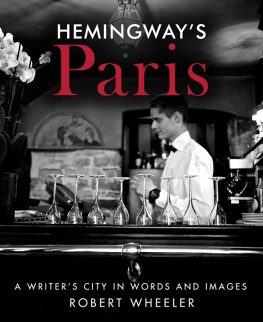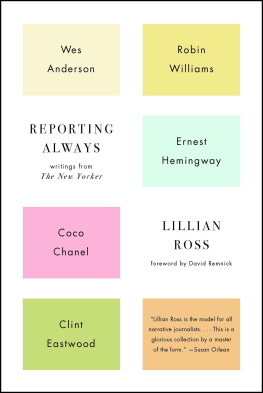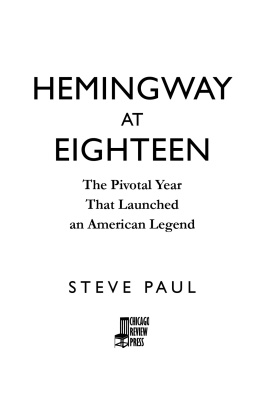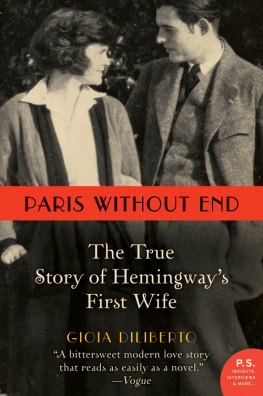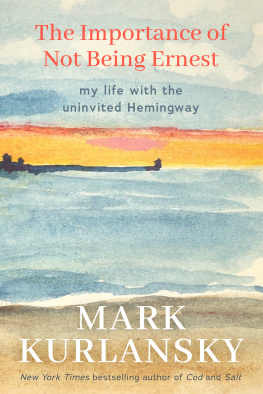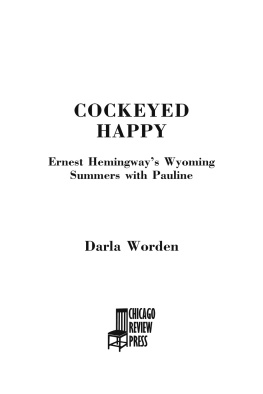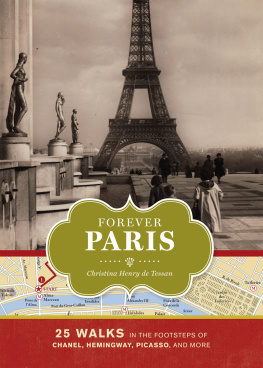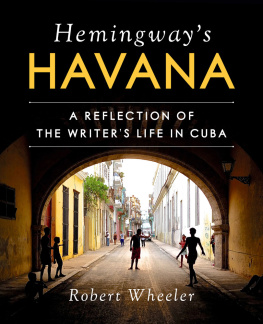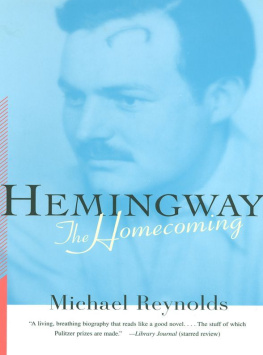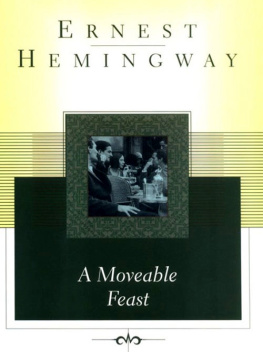Copyright 2015 by Robert Wheeler
All rights reserved. No part of this book may be reproduced in any manner without the express written consent of the publisher, except in the case of brief excerpts in critical reviews or articles. All inquiries should be addressed to Yucca Publishing, 307 West 36th Street, 11th Floor, New York, NY 10018.
Yucca Publishing books may be purchased in bulk at special discounts for sales promotion, corporate gifts, fund-raising, or educational purposes. Special editions can also be created to specifications. For details, contact the Special Sales Department, Yucca Publishing, 307 West 36th Street, 11th Floor, New York, NY 10018 or .
Yucca Publishing is an imprint of Skyhorse Publishing, Inc., a Delaware corporation.
Visit our website at www.yuccapub.com.
10 9 8 7 6 5 4 3 2 1
Library of Congress Cataloging-in-Publication Data is available on file.
Cover design by Yucca Publishing
Cover photo Robert Wheeler
Print ISBN: 978-1-63158-043-7
Ebook ISBN: 978-1-63158-053-6
Dedication
T his book is lovingly dedicated to my wife, Katherine Gladney Wheeler... my Hadley.

Contents
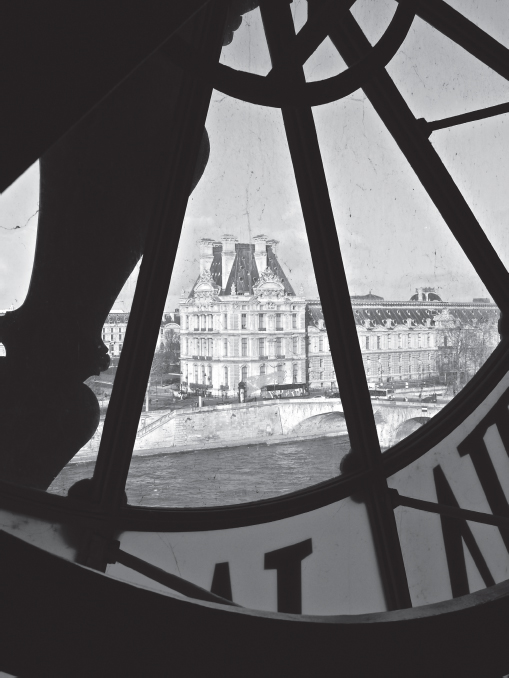
Muse dOrsay
Foreword
By Jenny Phillips
I n Hemingways Paris , Robert Wheelers photographs transport the viewer back to Ernest Hemingways early formative years as a young writer living in Paris. Wheeler refers to his photographs as lonely vignettes of black and white. When looking at them, one cant help but understand the influence those scenes had upon Hemingway.
The very places in which Hemingway lived, worked, and walked are those that now hold his haunting presence. A sense of place, of physical surrounding, became central to his writing style, and it was in Paris that he honed his craft of observing, focusing, and knowing through direct, personal experience. Wheelers photographs are laden with an aura of loneliness, isolation, and personal struggle, reflecting Hemingways commitment to write the truest sentence that you know.
A Moveable Feast , written when Hemingway was an old man remembering the Paris years, can be read while gazing at Wheelers photographs, bringing alive the significance of context, of weather and of mood upon Hemingways imagination. The black and white of the photographs lend themselves to a sense of cold, of winter, of black trees framed against a white sky, of hurrying to find refuge in a warm and lighted caf or room.
Wheeler captures Hemingways view from his window looking out over the rooftops of Paris toward the Panthon, itself a monument to great writers. It framed his view of Paris while he worked and wrote. Up in that room I decided that I would write one story about each thing that I knew about, he wrote. I was trying to do this all the time that I was writing, and it was good and severe discipline.
Another photo is of Hemingways stairs to his writing room. The view is from above, looking straight down as the stairs fold upon themselves like a cascading geometric design. A dramatic use of light and shade on the wooden balustrade lends an atmosphere of spirituality. The descending stairway represents Hemingways path to freedom from writing each day as he went out into the Paris streets. Going down the stairs when I had worked well, and that needed luck as well as discipline, was a wonderful feeling and I was free then to walk anywhere in Paris, he wrote. Once he was free for the day, Hemingway crisscrossed the streets, imprinting the sights, sounds, smells, and atmosphere of Paris in the 1920s. These memories were stored in notebooks and in his subconscious mind, waiting to be drawn upon over the years whenever he wrote.
In Paris, Hemingway discovered that certain cafs were conducive to good, clear writing. He could be alone while in the company of others as he sat and observed and took notes. In a studious and sensually alive state of being, he looked for fresh material for his writing. Wheelers photos of Le Bistrot St. Honor and the Salon de Th on the le St. Louis offer a beckoning warmth combined with a quality of emptiness and solitude.
The blue-backed notebooks, the two pencils and the pencil sharpener, the marble-topped tables, the smell of early morning, sweeping out and mopping, and luck were all you needed.
Although he may have been writing about Michigan, the weather outside the caf would be drawn into his story. Hemingway seemed to always be waiting for the right time to write about a place, forestalling the writing until he felt ready to deeply understand the place. Maybe away from Paris I could write about Paris as in Paris I could write about Michigan, he says in A Moveable Feast . I did not know it was too early for that because I did not know Paris well enough.
My grandfather, Max Perkins, who was just beginning his career as a Scribners editor and would eventually nurture a whole new generation of American writers, sought out Hemingway after a tip from Scott Fitzgerald who had befriended him in Paris. This is to tell you about a young man named Hemmingway [sic], who lives in Paris. Id look him up right away. Hes the real thing.
After a brief meeting in the Scribners office in New York, Perkins agreed to publish The Sun Also Rises , although he had not yet seen even a word of the book. It was only a partially written manuscript lying in a trunk in Austria. But Perkins had a hunch about Hemingway, an instinct for discovering great literature. He immediately gave him a contract and a $1500 advance.
In the spring of 1926, after months of waiting, the completed manuscript finally arrived. Perkins was stunned by the feel and power of the book. He wrote Fitzgerald, The Ms. wriggles with vitality. You recall scenes as if they were memories. You recall people as hard and actual as real ones.
The Sun Also Rises was written in the streets and rooms and cafs of Paris. Wheelers photographs of Hemingways Paris are a gritty illustration of what Perkins saw in Hemingways writing. When Hemingway left Paris in 1928, in search of a new place in which to live and write, he transplanted himself to a vastly different world of bright light, tropical heat, and vivid colors. He moved first to Key West and then to Cuba, where he spent the last third of his life. In this fresh context, fishing and the blue waters of the Gulf Stream became the passion that drove his writing.
A Farewell To Arms was written in Key West before Hemingway was ready to write about the new place. But he was already observing and taking notes. By 1939, he was preparing for the story that was to become The Old Man and the Sea . In a letter to Perkins, he wrote, I am going out with old Carlos in his skiff so as to get it all right. Every thing he does and every thing he thinks in all that long fight with the boat out of sight of all the other boats all alone on the sea. Its a great story if I can get it right.
By the late 30s and through the 40s, the Paris years of Wheelers photographs lay dormant within Hemingways mind. He would go back to this much later in his life. He had discovered another place for his writing, and a whole new life developed to support the need to write while living in Cuba. Like Wheelers visits to Paris to document the Hemingway places, I have had a similar experience in Cuba visiting the places in which he wrote and lived. I have gazed through the windows that framed Hemingways view while he did some of his greatest writing.

